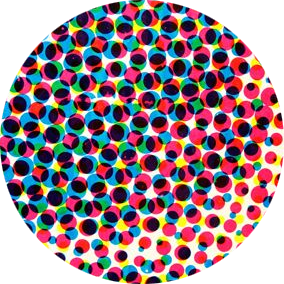Dani Moonstar’s Intersectional Identity in “New Mutants” #41


Western media has a tendency to excise roughly 150 years of Indigenous experience, effectively fixing Indigenous characters in a pre-contact state that ignores the complex negotiations of Indigenous culture and identity within a modern world. 2/10

Dani reflects on this conflict as she flies from Xavier’s mansion to her parents’ Colorado ranch: “I feel pulled in three directions at once – which way am I supposed to turn?” Cleverly, this comes as she’s physically/geographically located aloft between these two worlds. 3/10

Thinking further about her upbringing, Dani recounts how she experienced traditional Cheyenne learning with her grandfather who also forced her to learn “the white man’s schooling” despite Dani’s hesitation. Her grandfather also noted that Dani’s mother was a teacher. 4/10

This created conflict for Dani. Her heritage is Cheyenne, but her direct heritage, through her mother, itself points to the European style of education. Thus she can’t really choose one or the other without betraying some aspect of her family legacy. She’s inbetween again. 5/10

Her affections also reflect this. At the mall that she finds built over a natural area she used to play in, she thinks, “I miss the land. But I love the stores.” This is a deft touch by Claremont, giving Dani a deeply understandable affection for a symbol of modernity. 6/10

Even whilst participating in this modern teenage ritual, Dani reflects “The White man and his way of life – won. Maybe that means it’s better?” She is again conflicted, and all of her internal anxieties reflect a broader cultural anxiety surrounding heritage vs assimilation. 7/10

Of course, Dani’s sense of cultural affiliation is subject to external forces as well, such as the horrific racism that she’s subject to at the hands of her white peers. It’s not simply a matter of which culture she likes best – acceptance and hostility factor in too. 8/10

As Dani imagines challenging Death for the life of her childhood friend, her power forms Death into the image of a cowboy, the archetypal opponent of Indigenous people in the Western imaginary. When the real Death appears to console Dani, it’s as an Indigenous elder. 9/10

Claremont’s representation of Dani’s Indigeneity is imperfect, but issues such as this show a sincere and committed effort to engage with the Indigeneity in a modern context and with a humanizing approach to highly modern cultural anxieties faced by Indigenous youth. 10/10
